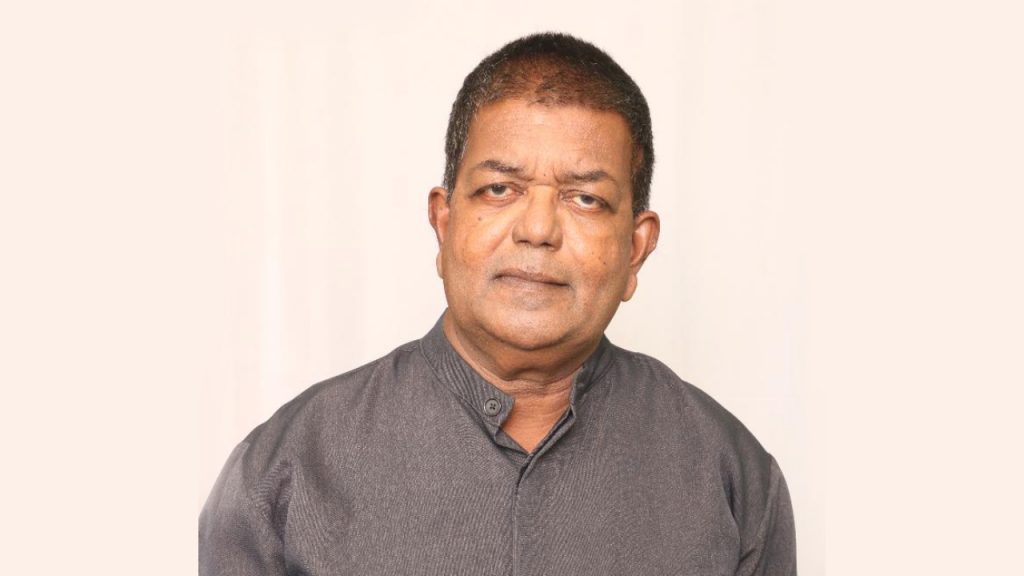Divali, which means a row of lights, is once more with us in Trinidad and Tobago. It is not only celebrated in the villages, government offices and homes but is also a national festival since 1966. The official holiday for Divali this year (2024) is October 31, but celebrations have started several days before.
The Divali Nagar or Divali Village is one of the largest cultural gatherings in the country. Located in Chaguanas, this nine-night celebration which last till the eve of Divali provides a wide display of Indian culture including songs, music, dance, cuisine, artefacts and knowledge of various aspects of Sanatan Dharma.
The Divali Nagar has been inviting leaders from all walks of life to bring greetings and messages of love and brotherhood. Divali Nagar is also entrepreneurial, providing a platform for several business houses to display their goods and services. I visited the Nagar on the opening night and purchased a bottle of cold press coconut oil from a company located in Penal, a book from the Hare Krishna booth and chai from a company that was providing free samples to the public.
When Divali Nagar was launched in 1986, many predicted that it would destroy the traditional village celebrations. Initially, many celebrations had poor attendance but after a while there was a revival of village celebrations across the country. I visited the Divali celebration at Morang in St Augustine on Saturday night and was impressed with the large turn out and the general display of Indian culture. Organized by the Morang Village Youth Organization, the program featured Lakshmi Pooja, bhajans by Madan Rampaul and Friends, an orchestra, lighting of deeyas, dances and poems by youths and a wide variety of Indian delicacies, all free of charges to the public. I was happy to learn that this celebration has a history of more than 30 years.
Well planned and executed, the program provided seating for guests, a stage for performances and tents for the serving of eats and drinks. Though the program was on the road (Bedassie Street), everything was done in such a manner not to disrupt the flow of traffic or inconvenience anyone. The atmosphere was one of joy and love with everyone dressed in brightly coloured traditional clothing and broad smiles and laughter on their faces.
On Sunday night at the Bamboo No 1 Mandir there was entertainment, free delicacies and fire works for the children. With a packed audience seated inside the mandir and enjoying the entertainment and the kids were busy lighting star lights and fireworks on the outside, it was obvious to me that Divali provides a place for all.
Invited to entertain the guest was Ruby Khan-Gupta, a well-known vocalist. Originating from Diego Martin, her singing career was inspired by her mother who sang with Dil-e-Nadaan in the 1960s. The Beharry Sadhu Mandir was the nursery that sustained and honed her budding talent. As a young girl she and her brother, Nazimul, began singing bhajans in yagyas and the regular weekly devotional services. With her talent now public, she was encouraged to enter Mastana Bahar where she won the hearts of music lovers. Now, after more than 30 years in the entertainment field, Ruby is still in demand to sing at weddings, anniversaries and festivals like Divali and Eid. She has toured Guyana, Suriname, Martinique, Guadeloupe, London and New York among other countries.
Also entertaining the audience was Savitri Nanan, a well-known vocalist. There were also dances by youths from the village and tassa. Interestingly, all the artistes, including Ruby, performed free of charge.
Divali certainly brings about an oasis of peace, love and brotherhood amidst the chaos and general hopelessness stalking this once beautiful and prosperous land. Maybe, if we can create this Divali atmosphere throughout the year, there will be light at the end of the tunnel!
